The world remains in a continuing state of uncertainty due to the new COVID-19 coronavirus. Face masks and disinfectants are selling very well. Disinfection with UV light could offer a way of disinfecting larger areas without the use of chemical disinfectants, especially in hospitals where patients are being treated.
UV light versus viruses
As early as the nineteenth century, researchers had discovered that viruses are sensitive to heat radiation and UV light. Interest in disinfection without the use of chemicals is now growing, particularly in light of the current situation. Can UV light help in the battle against COVID-19? Coronaviruses were first identified in the mid-1960s, and earlier outbreaks such as SARS (Severe Acute Respiratory Syndrome) have caused fear among populations worldwide. Experiments have shown that this virus is also sensitive to UV-C light: with an irradiance of more than 90 μW/cm2 and the corresponding irradiation period, coronaviruses have previously been curbed considerably.
Parameters in hygiene
Even though it is not certain whether UV light can be used to prevent pandemics, it is already currently being used intensively in the hygiene sector to disinfect water and surfaces [AUVL]. Generally, microorganisms with simple structures are highly sensitive to UV radiation; and in the case of fungi or spores, higher levels of energy or longer irradiation periods are required to deactivate them. An important parameter in this context is the radiant exposure (J/m2), which specifies the incident energy per unit area and is calculated as temporally integrated irradiance (product of irradiance (W/m2) and time (s)). Depending on the type of microorganism, the minimum dose must be determined and this amount, at least, must be observed. Fundamental strategies with regard to universal application against COVID-19 still have to be researched in more detail.
Generating UV rays
For a long time, mercury vapour lamps produced UV-C light, triggering biochemical reactions in microorganisms and killing them. For the future, manufacturers are increasingly relying on UV-C LEDs with wavelengths ranging from 250 to 300 nm, since they offer advantages such as a long service life, they can be dimmed, and peak wavelengths can be optimally adjusted. However, as with any kind of research, success is preceded by intensive studies and measurements.
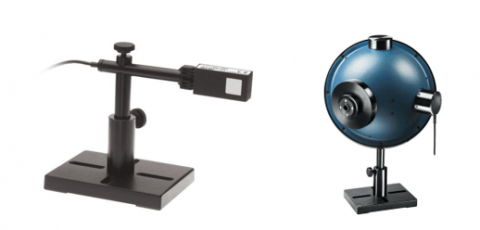
Research and measurement
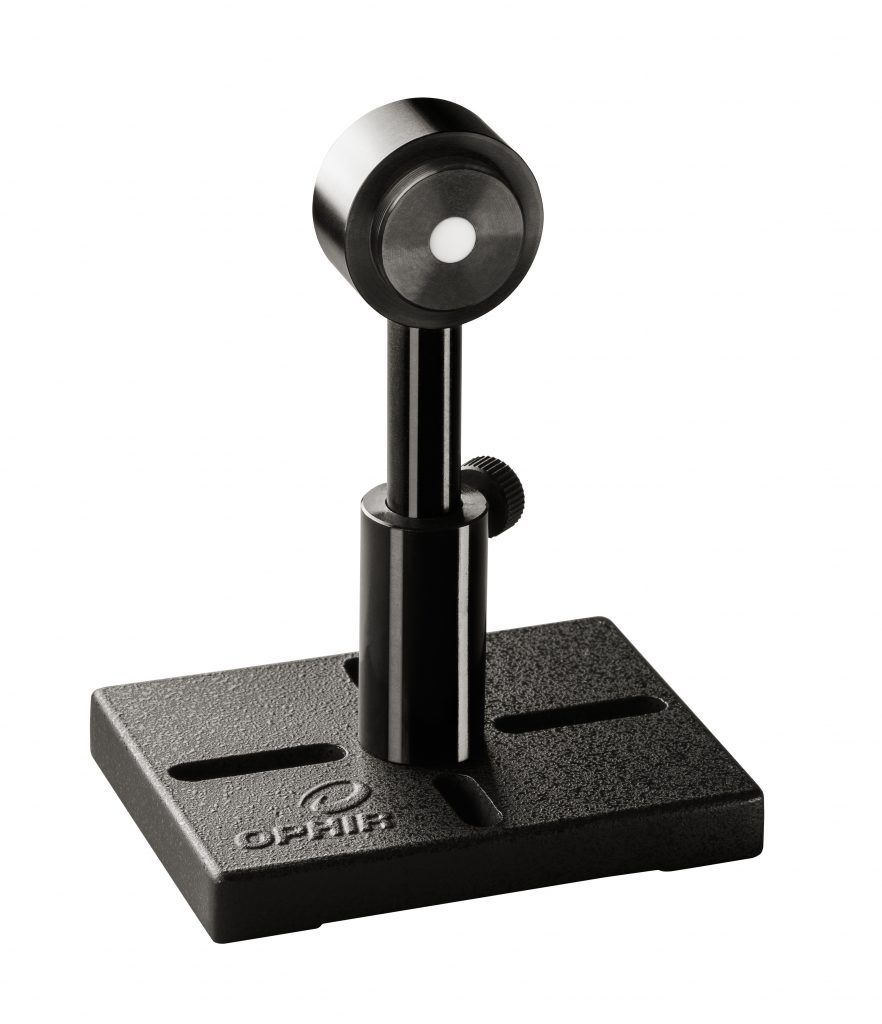
The measurement methods that can be used for UV light also have a significant impact on developments. MKS Instruments offers a range of Ophir power and energy measuring devices as well as integrating spheres and radiometers, with the help of which UV rays can also be measured efficiently and quickly. The light intensity, dose and the radiant power of divergent light sources can be measured down to a wavelength of 200 nm using the appropriate solutions with ISO17025 accredited calibration. Not only are they suitable for measuring UV-C radiation, but they can also be used for measuring UV-A [MDPI] and UV-B radiation. These UV light ranges are often used to sterilise food. When using any kind of UV light, care must of course be taken to ensure that appropriate protective measures are implemented. Unnoticed, UV light can very quickly lead to damaged eyes or skin.
Conclusion
Only time will tell whether UV-LED technology can help fight pandemics such as the current COVID-19 outbreak. It is clear that this research also requires adequate methods of measurement. Ophir already offers a wide selection, and is working on new solutions for using existing measurement technologies even more efficiently. Our experts will be happy to answer any questions you may have.
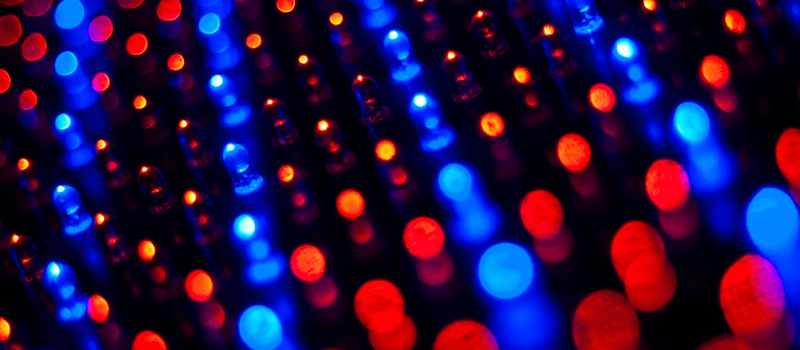
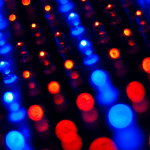
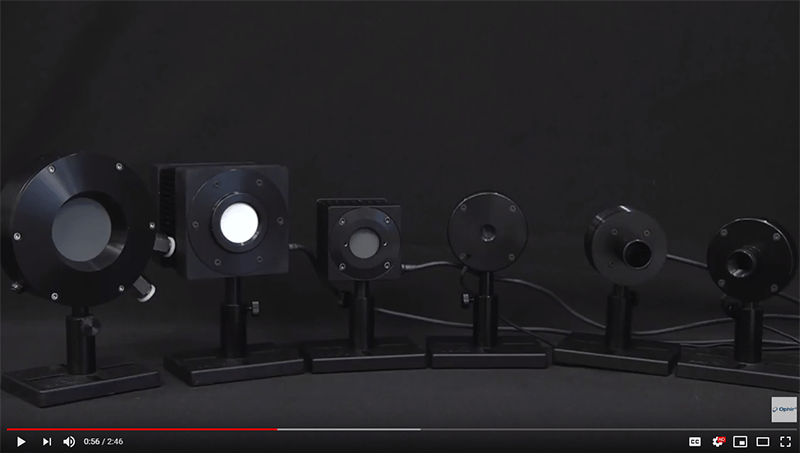
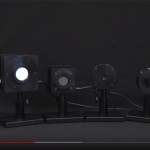
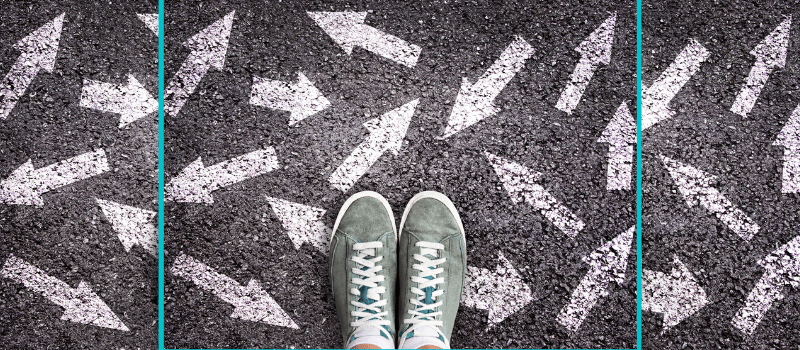
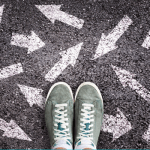






Leave a Reply
Your email address will not be published. Required fields are marked *